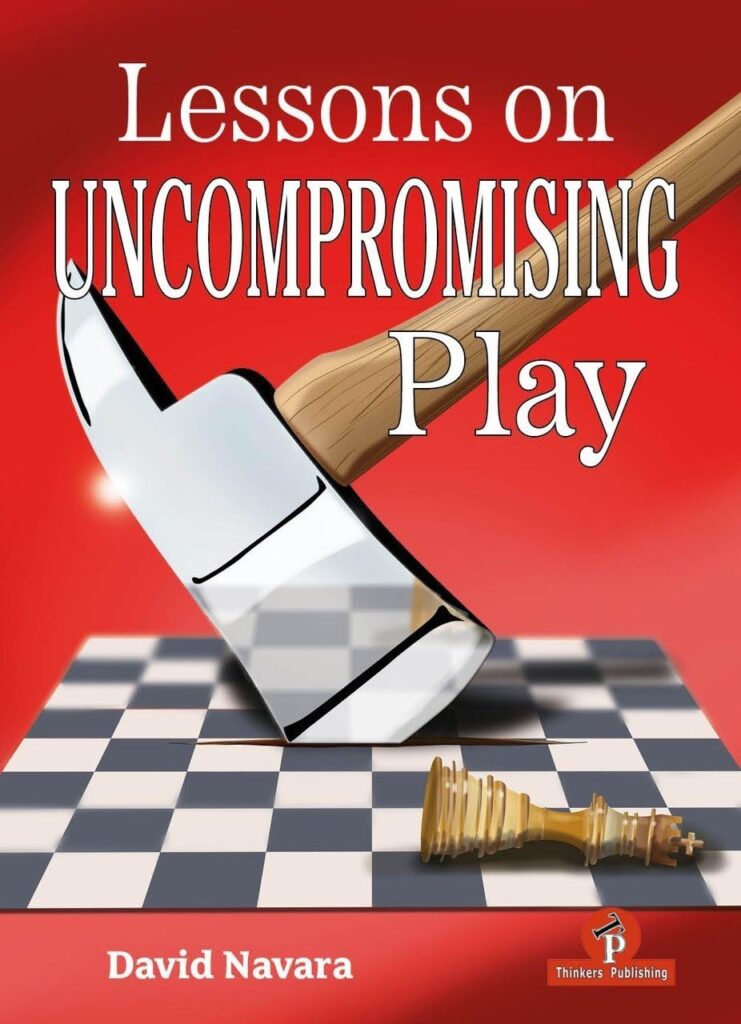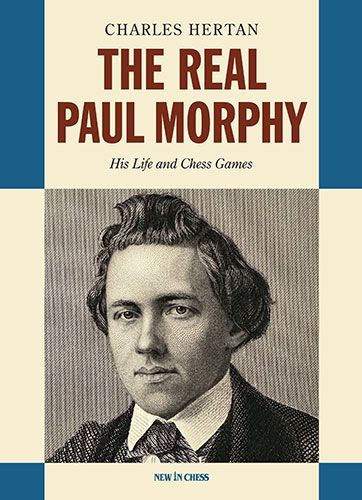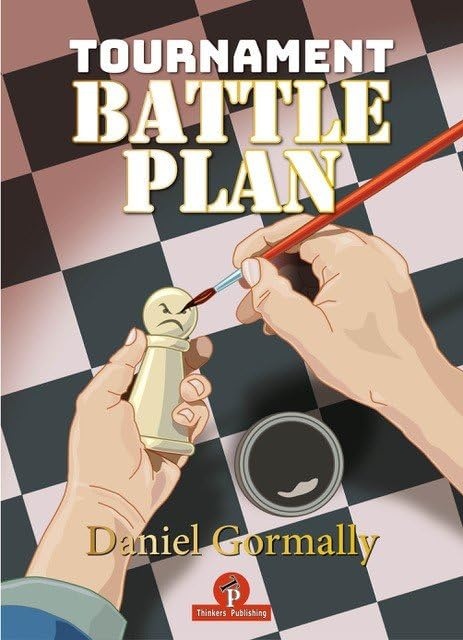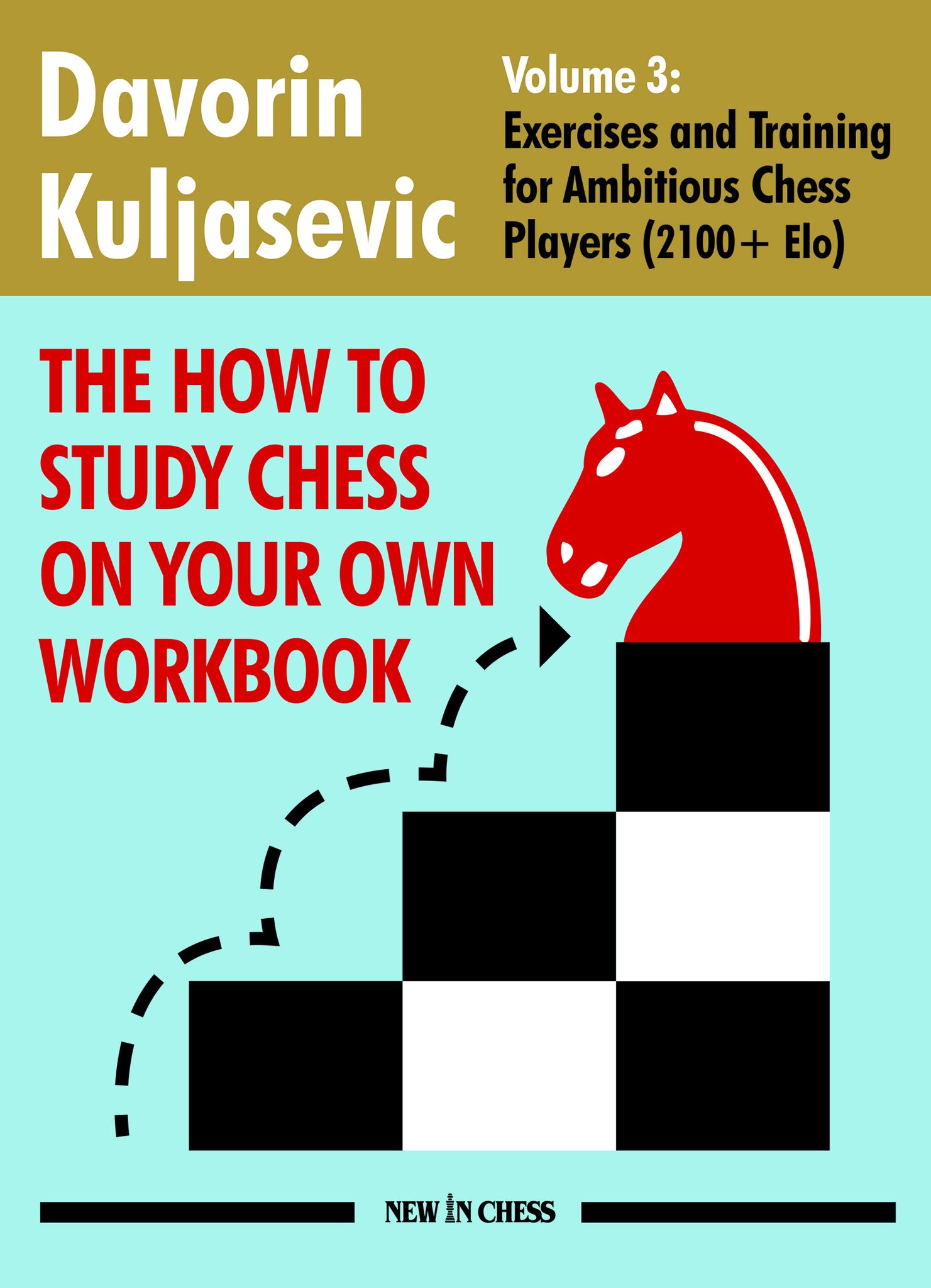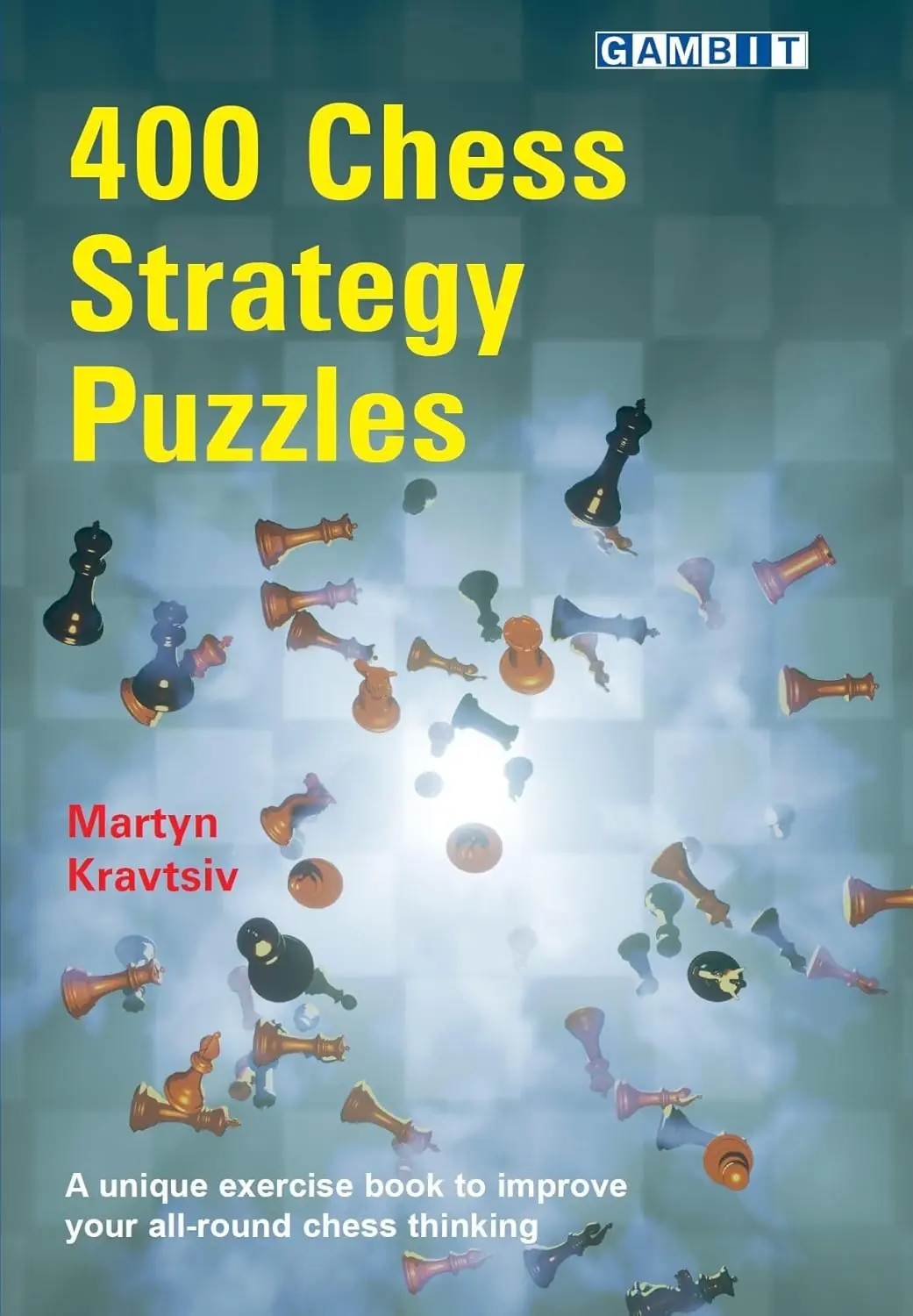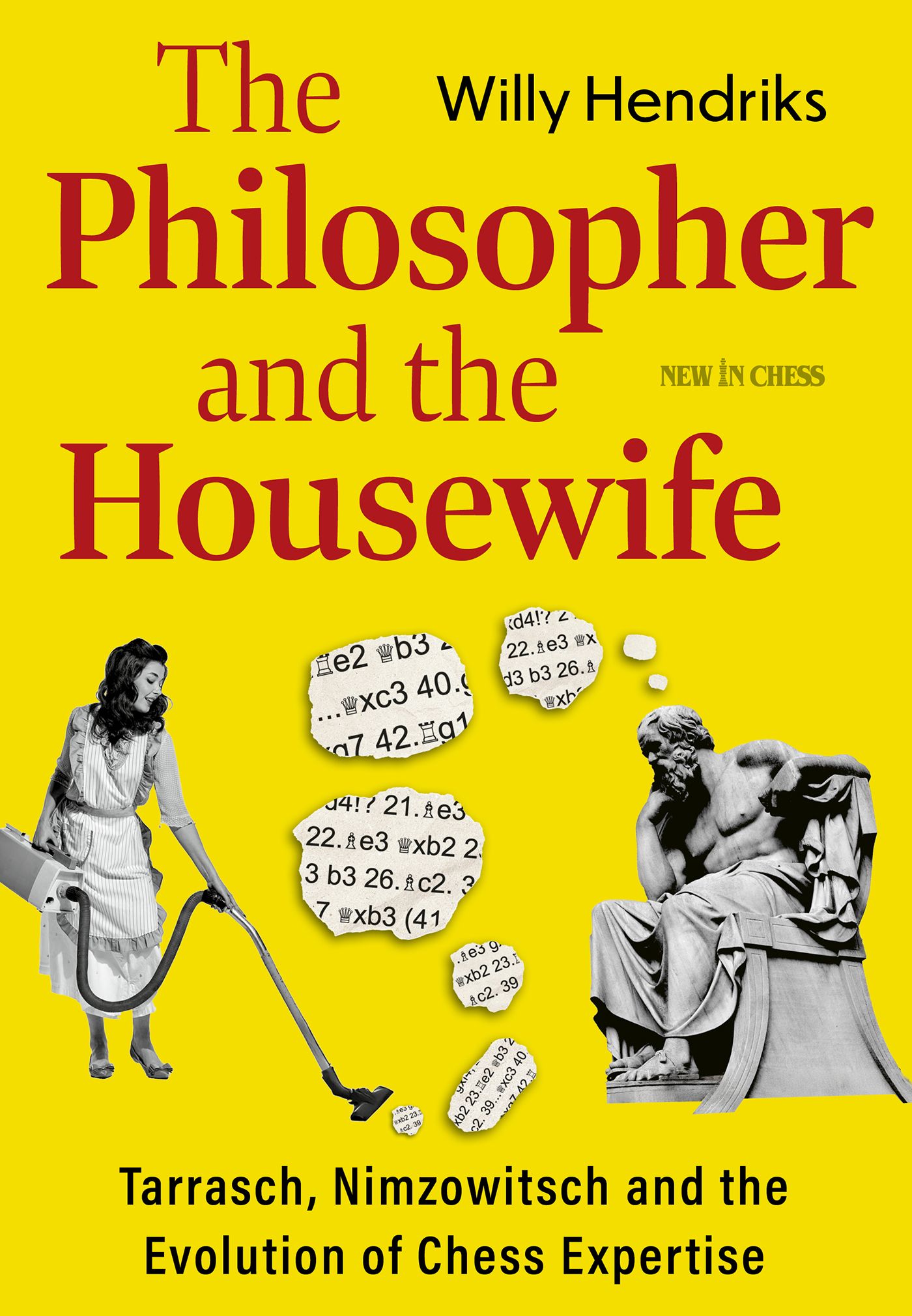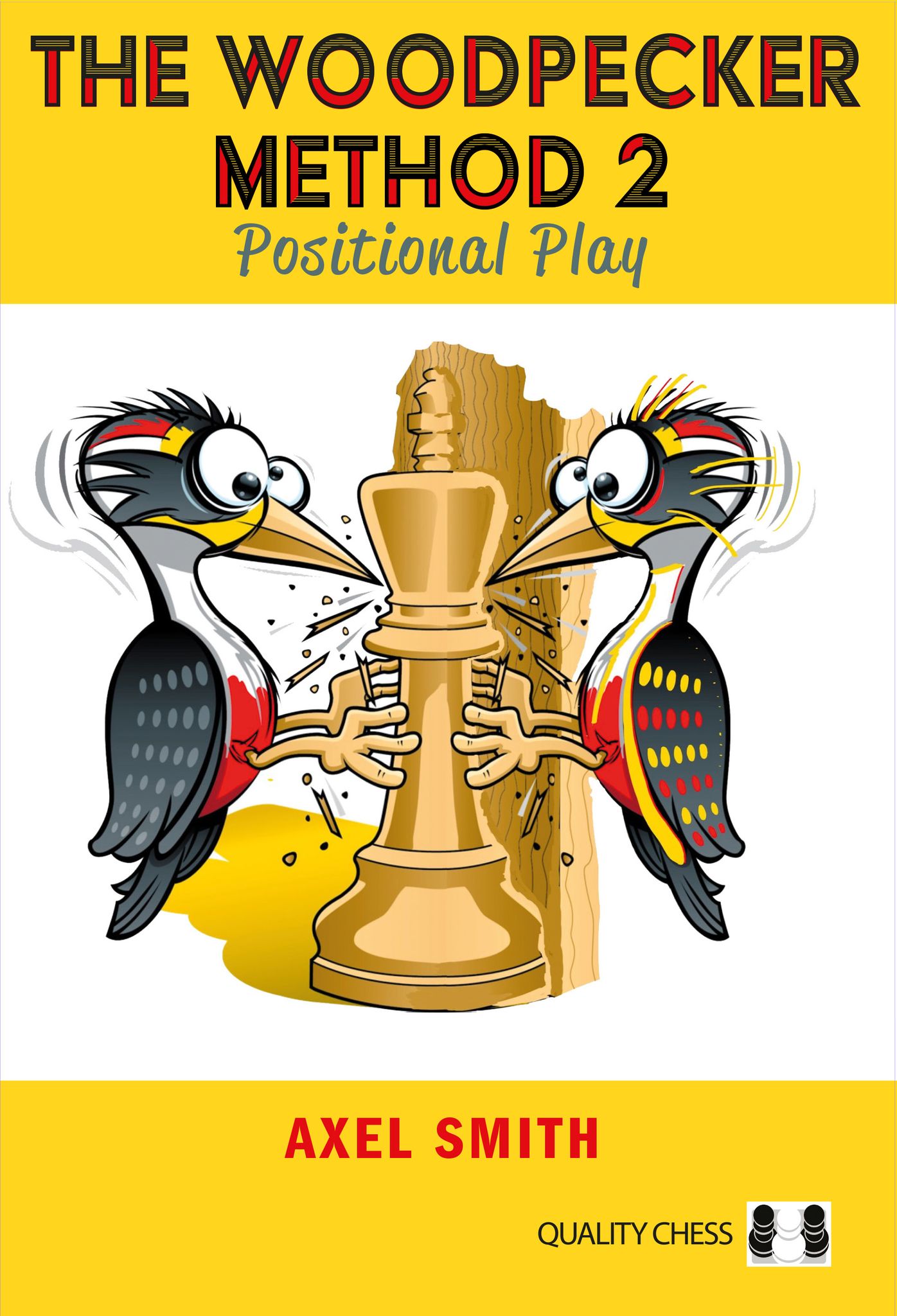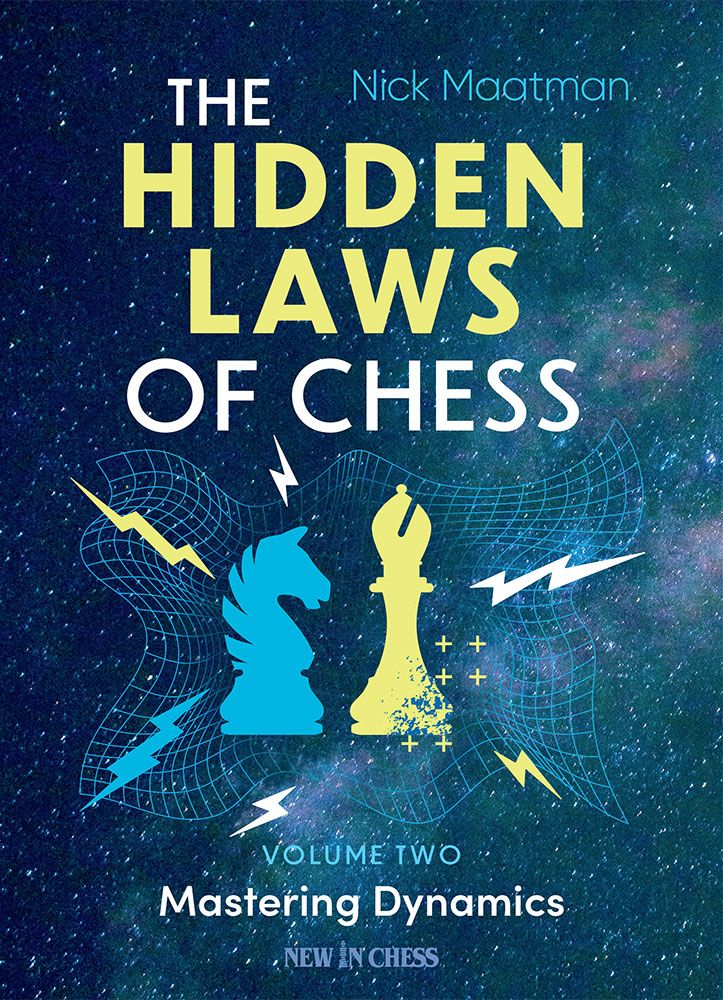The Best New Chess Books You Should Read In 2025
1. Lessons on Uncompromising Play, David Navara
Lessons on Uncompromising Play is a book meant for strong players who are willing to do hard work to progress further. It’s not a book on tactics, strategy, or the endgame, it’s a book on how to play good, uncompromising chess and how to win games. It addresses the key questions of chess: how to win, how to seize the initiative, how to convert when you’re better, how to defend when worse, how to attack, how to handle dynamics, and how to win on demand or in equal positions. It may be the only book I’ve come across which I suspect may be extremely useful for people above 2500 FIDE. And yet, I was able to understand it perfectly, and had no trouble following Navara’s reasoning.
If you are an advanced player, and you want to go beyond simple concepts when it comes to dynamic play, read Lessons on Uncompromising Play. It’s a remarkably useful and unique book written by a unique guy.
Read Lessons on Uncompromising Play
2. The Real Paul Morphy, Charles Hertan
If you have ever read anything on Morphy, or seen strong players analyze his games, you are in for a brand new perspective, and a refreshing view on the life and games of a genius often portrayed as a talented madman. Hertan offers an almost scientific approach to presenting Morphy’s true ability, working habits and biography, packaged as a light read anyone could follow.
3. Tournament Battleplan, Daniel Gormally
The Tournament Battleplan, or how to outprepare your opponents on and off the board is a toolbox of both useful and applicable ideas you can try to implement in your own play and tournament preparation, and of Gormally’s thoughts on …well, basically everything. His captivating writing style, his witty, almost Schopenhauerian sense of humour, and his ability to explain complex ideas in a simple way, have made him one of my favorite chess authors after reading only one of his books. Tournament Battleplan doesn’t just feel unique. It is, in my opinion, a completely unique chess book. Gormally covers topics no one has tried to explain in context of chess improvement before in such great detail.
4. Reimagining 1.e4, Nikolaos Ntirlis
This is the first opening book I’ve come across that provided an abundance of fresh, relevant, and dangerous ideas across my entire repertoire. Ntirlis created a beast that is yet to be stopped. As Ntirlis says, he, unlike many other coaches, believes that memorizing lines is beneficial, so the book is very heavy. It’s definitely not intended for beginners, but for ambitious players who wish to build an e4 repertoire that will present black with problems in yet uncharted waters, challenging the premises of many main lines. There are no opening books the elite players quote. Except for this one.
5. The How to Study Chess on Your Own Workbook Volume 3, Davorin Kuljasevic
Having gone through all three volumes of the workbook, I can say that this volume was the one I enjoyed the most, and the one I think benefited me most. The reason is Kuljašević’s focus on what he thinks holds strong players back from reaching master level. He lists what he thinks are typical strengths and weaknesses of players above 2100 FIDE who haven’t reached Grandmaster level yet, and explains how, after years of coaching, he has become more and more convinced that the weaknesses he lists are what ambitious tournament players need to work on in order to improve.
6. 400 Chess Strategy Puzzles, Martyn Kravtsiv
400 Chess Strategy Puzzles trains your positional and strategic understanding. Unlike most puzzle collections, it will teach you how to improve your position gradually, by asking the correct questions, and “talking to your pieces”. Kravtsiv explains each position well, annotating key parts of every important variation. He provides more than enough detail for advanced players, perhaps less so for those new to complex chess strategy. The book features positions from recent games played on all levels, it doesn’t focus on Grandmaster play alone, which makes it very unlikely you’ll encounter a position you’ve already seen. It’s divided into three sections: Pawns and structure, Pieces, and Mixed themes, each subdivided in increasing order of difficulty.
7. The Philosopher and the Housewife, Willy Hendriks
The Philosopher and the Housewife isn’t supposed to teach you chess, hence my low “usefulness” grading, it’s supposed to give you an insight on how the two (arguably) strongest chess players and thinkers of the 19th century thought one should improve at chess. It’s, in a way, a very good translation of ideas Nimzowitsch and Tarrasch were trying to teach in their works. Hendriks explains their views on structures, piece plan, and typical positional features from a perspective of a modern, experienced, strong Master, making them both easily digestible, and more precise, since he has managed to “refute” or at least debate their fallacies throughout the book.
8. The Woodpecker Method 2: Positional Play, Axel Smith
The Woodpecker Method 2, Positional Play is the result of Axel Smith applying Tikkanen’s idea of spaced repetition to positional play. It’s a puzzle book of problems with positional and strategic themes. Unlike its predecessor, which focused on tactics, I think this volume deserves a lot more praise. The Woodpecker Method involves solving the same set of problems again and again, until you become efficient. The book contains a thousand positions, divided into subsections. The first part of the book is devoted to pawn structures, the second on positional themes outside of specific structures. Each section is subdivided into three parts in increasing order of difficulty, making The Woodpecker Method 2 suitable for players of almost any level.
9. The Hidden Laws of Chess Volume 2, Mastering Dynamics, Nick Maatman
With volume 2 of The Hidden Laws of Chess, Maatman has tried to create a blueprint on how to think in dynamic positions whose nature changes or could change on each ply. He tackled a beast many a great chess author has fallen victim to over the years. Despite that, I think he did a relatively good job. The book is divided into three parts: Thinking, Sacrifices and Dynamic Pawn Play. This book will help you get better at solving concrete tactical problems under the wider umbrella of strategic and positional features of complex positions.

